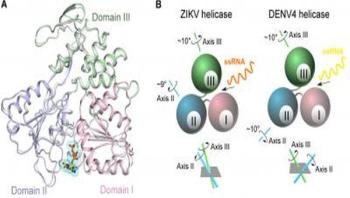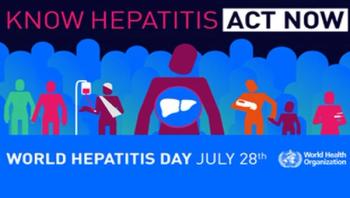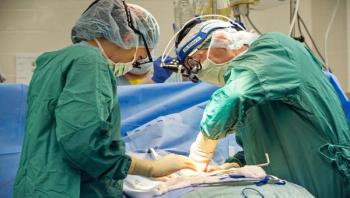
News


A molecule being targeted in cancer is also critical for the immune system's ability to battle pneumonia, researchers at the University of Virginia School of Medicine have determined. The finding may offer a new way for doctors to boost patients' ability to fight off the life-threatening infection as bacteria become more and more resistant to antibiotics.
















An international team led by researchers from Tianjin University and Nankai University has unraveled the puzzle of how Zika virus replicates and published their finding in Springer's journal Protein & Cell.





Pneumonia is the most prevalent infection after open-heart surgery, leading to longer hospital stays and lower odds of survival. But a new analysis of data from thousands of patients who had coronary artery bypass graft (CABG) surgery at Michigan hospitals revealed ways people can prepare their bodies to reduce the risk of postoperative pneumonia -- a complication that occurred in 3.3 percent of patients in the observational review.



Q: I was at a conference recently and the speaker said that emergency eyewash stations are needed at all locations where chemicals are used. Can you provide more information on this?A: The American National Standards Institute (ANSI) has a standard, American National Standard for Emergency Eyewash and Shower Equipment, Z358.1-2014. This document “establishes minimum performance and use requirements for eyewash and shower equipment” for anyone whose eyes or body have been exposed to hazardous materials or chemicals. This standard is also an excellent reference for “performance and use requirements for personal wash units and drench hoses, which are considered supplemental to emergency eyewash and shower equipment.”


